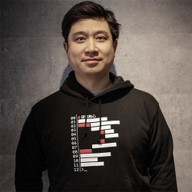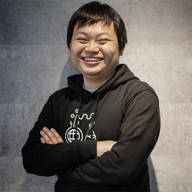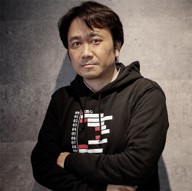Setting Deadlines and Priorities
2.2 Setting Deadlines and Priorities
Deadlines and priorities are central to structured teamwork in ACTIONBRIDGE. All tasks must have a due date, and any changes to key fields — including deadlines or priorities — are logged with time, user, and reason, promoting transparency and shared accountability.
Setting a Due Date (Required)
- When creating a task, you must set a Due Date using the calendar picker.
- You can specify a start and end date, or use the same date for one-day tasks.
- Tasks will be visually marked based on how close they are to their due dates (e.g., upcoming, overdue).
Changing a Due Date
- To change the due date, open the task and select a new date.
- Before saving, you’ll be prompted to enter a reason for the change.
- The change is recorded in the task's activity log, including who made the update and when.
- This ensures all stakeholders understand the context of the adjustment.
Setting Task Priority
- Select from four priority levels: Low, Medium, High, or Critical.
- Priorities help the team triage work and respond to what's most urgent.
- Like deadlines, any priority changes require a reason and are logged for the team to review.
Tips
- Use priority + deadline together to organize sprint goals, release cycles, or incident response tasks.
- View and filter tasks by priority level in both board and list views.
- In Gantt view, deadlines are visually aligned and easy to track across projects.
With mandatory due dates and transparent change tracking, ACTIONBRIDGE enables responsible, team-aware task management — ideal for high-trust, high-accountability environments.

Sho Shimoda
I spend as much time simplifying as I do coding—because making things easy is part of the product. I build systems that work beautifully and explain themselves.Category
Tags
Search History
Authors

Sho Shimoda
I spend as much time simplifying as I do coding—because making things easy is part of the product. I build systems that work beautifully and explain themselves.

Koki Nin
I focus on turning ideas into working code—refining architecture, fixing what’s broken, and improving what works. Sometimes the best “bug” becomes a feature.

Yasushi Motoki
I lead onboarding for AB, helping teams get value from day one. I focus on making a complex product feel simple, clear, and immediately useful.